Oral Pathology for the Dental Hygienist 6th Edition By Ibsen RDH MS – Test Bank
Ibsen: Oral Pathology for the Dental Hygienist, 6th Edition
Chapter 5: Developmental Disorders
Test Bank
MULTIPLE CHOICE
1.Which term describes a disorder present at and existing from the time of birth?
|
a. |
Anomaly |
c. |
Congenital |
|
b. |
Inherited |
d. |
Developmental |
ANS: C
|
Feedback |
|
|
A |
An anomaly is a marked deviation from normal that can be the result of congenital or hereditary defects. |
|
B |
Inherited disorders are caused by abnormalities in the genetic makeup transmitted from parent to offspring. |
|
C |
Correct! A congenital disorder is present at and existing from the time of birth. |
|
D |
Developmental disorders occur when failure or disturbances occur during the complex series of cell division, multiplication, or differentiation. |
REF: 155-156
2.Which term describes partial anodontia or the lack of one or more teeth?
|
a. |
Anodontia |
c. |
Hypodontia |
|
b. |
Ankylosed |
d. |
Gemination |
ANS: C
|
Feedback |
|
|
A |
Anodontia is the congenital lack of teeth. |
|
B |
Ankylosed teeth are those fused to alveolar bone, usually retained deciduous teeth. |
|
C |
Correct! Hypodontia defines partial anodontia or the lack of one or more teeth. |
|
D |
Gemination occurs when a single tooth germ attempts to divide, resulting in the incomplete formation of two teeth. |
REF: 155 | 169
3.Which epithelial lined tract is a developmental anomaly located in the corners of the mouth?
|
a. |
Commissural lip pit |
c. |
Fistula |
|
b. |
Angular cheilitis |
d. |
Congenital lip pit |
ANS: A
|
Feedback |
|
|
A |
Correct! The commissural lip pits are epithelial lined blind tracts located in the corners of the mouth. |
|
B |
Angular cheilitis is often caused by Candida organisms. It appears as erythema or fissuring at the labial commissures. |
|
C |
A fistula is a drainage tract from an area of infection. |
|
D |
A congenital lip pit occurs near the midline of the vermilion boarder of the lip, and it appears as a depression. |
REF: 159
4.The formation of dentin is called:
|
a. |
amelogenesis. |
c. |
dens in dente. |
|
b. |
dentinogenesis. |
d. |
odontogenesis. |
ANS: B
|
Feedback |
|
|
A |
Amelogenesis is the formation of enamel. |
|
B |
Correct! Dentinogenesis is the formation of dentin. |
|
C |
Dens in dente is a developmental anomaly called a tooth within a tooth. |
|
D |
Odontogenesis is tooth development in the human embryo. |
REF: 155 | 157
5.The first branchial arch divides into two maxillary processes and the:
|
a. |
mandibular process. |
c. |
median nasal process. |
|
b. |
frontal process. |
d. |
globular process. |
ANS: A
|
Feedback |
|
|
A |
Correct! The first branchial arch divides into two maxillary processes and the mandibular process. |
|
B |
The frontal process is a structure above the first branchial arch. |
|
C |
The median nasal process develops from the frontal process. |
|
D |
The globular process develops from the median nasal process. |
REF: 156
6.The body of the tongue develops from the:
|
a. |
frontal process. |
c. |
second branchial arch. |
|
b. |
first branchial arch. |
d. |
third branchial arch. |
ANS: B
|
Feedback |
|
|
A |
The frontal process is above the first branchial arch. |
|
B |
Correct! The body of the tongue develops from the first branchial arch. |
|
C |
The second and third branchial arches form the base of the tongue. |
|
D |
The third and second branchial arches form the base of the tongue. |
REF: 156
7.Which term defines the joining of two adjacent teeth by cementum only?
|
a. |
Twinning |
c. |
Cementogenesis |
|
b. |
Concrescence |
d. |
Fusion |
ANS: B
|
Feedback |
|
|
A |
Twinning occurs when a single tooth germ begins to divide, resulting in the incomplete formation of two teeth. |
|
B |
Correct! Concrescence is the joining of two or more adjacent teeth by cementum. |
|
C |
Cementogenesis is the formation of cementum. |
|
D |
Fusion is the union of two adjacent tooth germs. |
REF: 155 | 172
8.Odontogenesis in the human embryo occurs at:
|
a. |
3 weeks. |
c. |
5 months. |
|
b. |
5 weeks. |
d. |
1 month. |
ANS: B
|
Feedback |
|
|
A |
The face begins proliferation and differentiation at 3 weeks. |
|
B |
Correct! Odontogenesis in the human embryo occurs at 5 weeks. |
|
C |
Formation of hard dental tissues begins at 5 months. |
|
D |
There is no initial odontogenesis at 1 month in utero. |
REF: 157
9.
This patient exhibits an extensive adhesion of the tongue to the floor of the mouth caused by the short lingual frenum. You suspect:
|
a. |
ankyloglossia. |
c. |
lingual thyroid. |
|
b. |
frenectomy. |
d. |
total ankyloglossia. |
ANS: A
|
Feedback |
|
|
A |
Correct! Ankyloglossia is an extensive adhesion of the tongue to the floor of the mouth caused by a short lingual frenum. |
|
B |
A frenectomy is a surgical procedure performed to remove a portion of the lingual frenum in the treatment of ankyloglossia. |
|
C |
Lingual thyroid is a smooth nodular mass at the base of the tongue posterior to the circumvallate papillae and near the midline. |
|
D |
Total ankyloglossia rarely occurs. |
REF: 158
10.Clinically the lingual thyroid nodule appears as a smooth nodular mass:
|
a. |
at the base of the dorsal tongue posterior to the circumvallate papillae. |
|
b. |
on the anterior ventral tongue. |
|
c. |
on the lateral borders of the middle third of the tongue. |
|
d. |
anterior to the circumvallate papillae. |
ANS: A
|
Feedback |
|
|
A |
Correct! Clinically the lingual thyroid nodule appears as a smooth nodular mass at the base of the dorsal tongue, posterior to the circumvallate papillae. |
|
B |
The lingual thyroid nodule is not found on the anterior ventral tongue. |
|
C |
The lingual thyroid nodule is not found on the lateral borders of the middle third of the tongue. |
|
D |
The lingual thyroid nodule is not found anterior to the circumvallate papillae. |
REF: 159



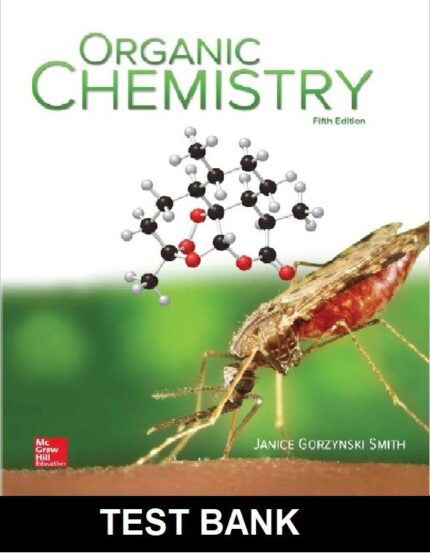




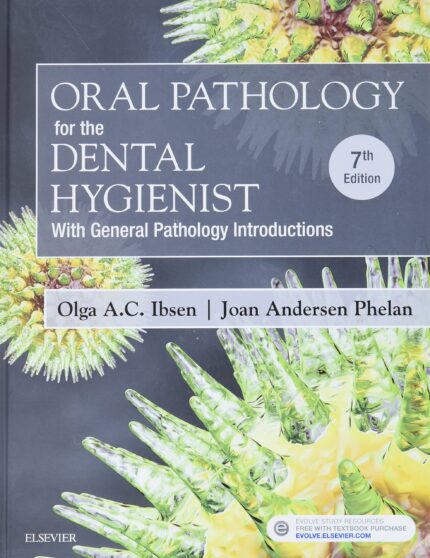


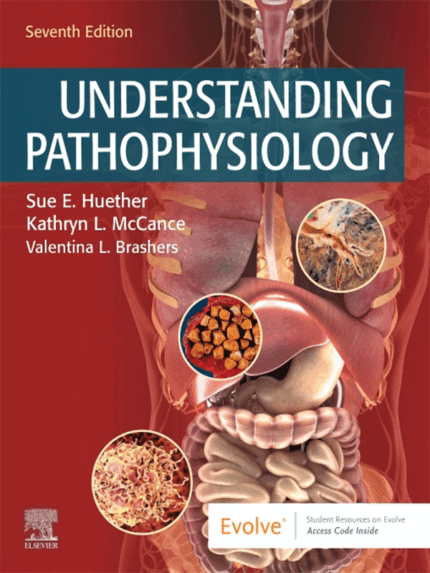
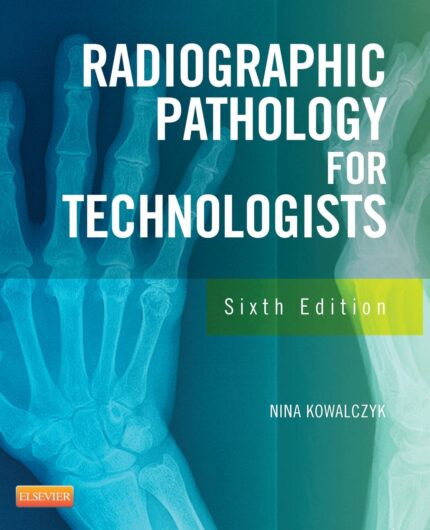
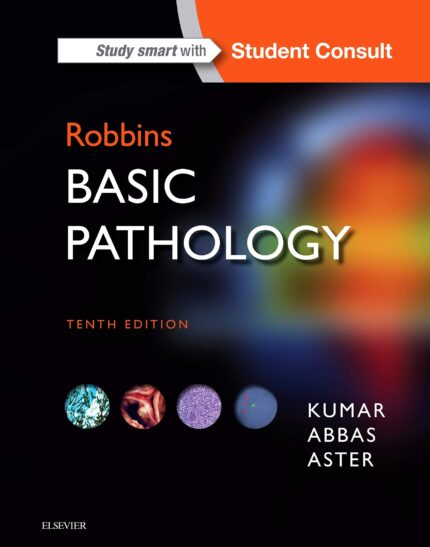
Reviews
There are no reviews yet.